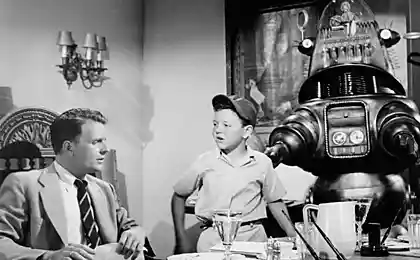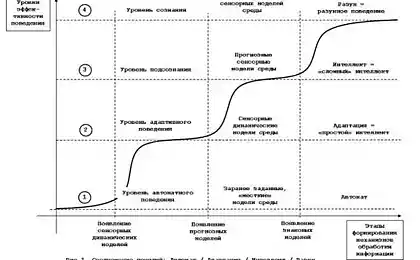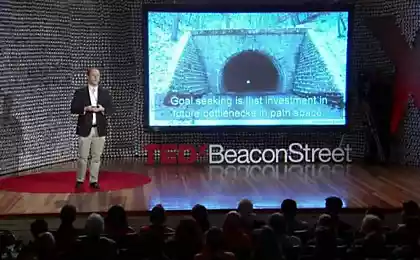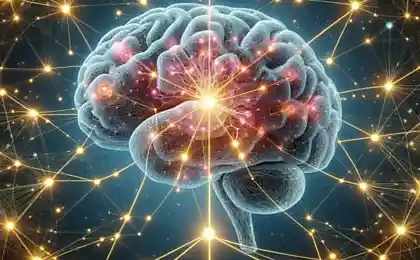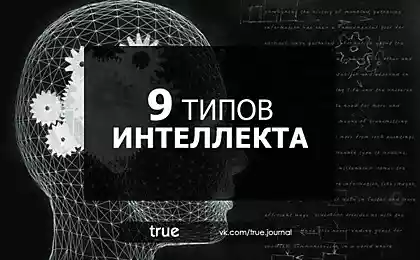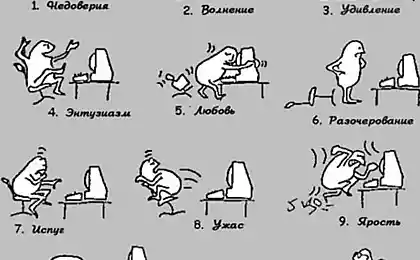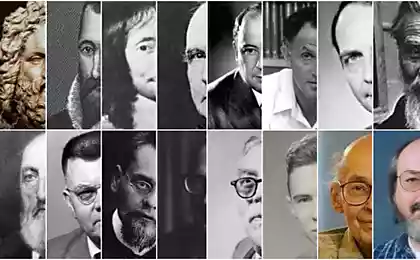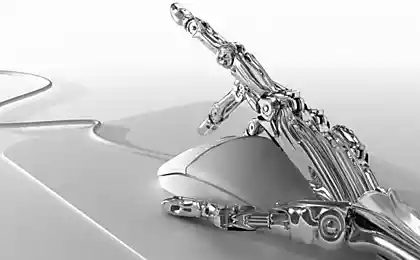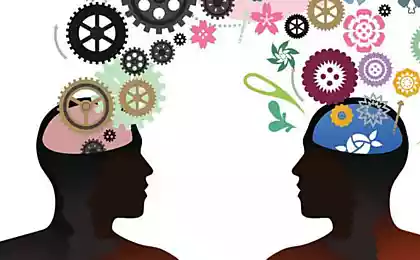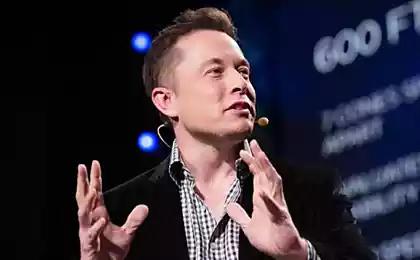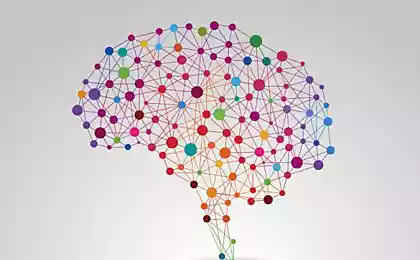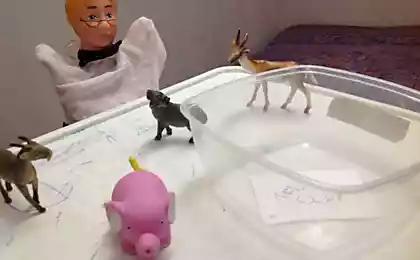503
Artificial intelligence is too difficult for the programmers
Artificial intelligence — a kind of Holy Grail for Silicon valley, as a humanoid, talking robots have to change our world for the better. As told to Steve jobs, "this changes everything". Imagine you're standing in the kitchen and say, "Turn the light over the stove". Instead of going to the light switch yourself, you ask the system to engage independently. Simple connection. It is easier and faster.
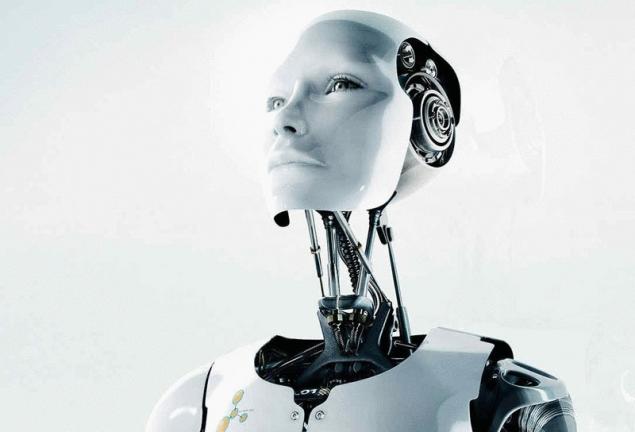
Think of the possibilities — isn't your normal speech than modern interaction with the keyboard, mouse, and touchscreen? Talking artificial intelligence could significantly change the situation driving when your attention should be confined to the road and not the screen.
Concrete blocks on the path to AI has always included the problem of designing and writing large programs that represent complex ideas and interaction with different types of data. When I first came computers, there were limits to hardware and software, but not for long. Some had hoped that the machine would write their own software "in the style of the brain", but this has not happened yet.
Theory Pathom solves the programming problem using only one algorithm.
What is the theory Pathom? Pathom theory argues that the brains just keep, sort and use patterns and templates. Nothing more. It's like any pattern that identifies a stored pattern that acts as a program.
The name "Pat" combined "pattern" and "atom". Patterns are indivisible elements, which like atoms can be combined to form more complex patterns. Theory Pathom inspired by the observation of combinations of patterns in the brain and languages. It promises to be a first step towards machine intelligence, since it solves the main problem: AI is too complicated for programmers.
Training: specific determines the total
What's the biggest difference between computers from the brain? Computer programmers define the General as store specific, but the brain stored specific to determine the total. Brains are trained this way, but computers are not.
We know, of course, because when you learn something, attain it, and it "magically" becomes understood, plus to the already known. Computer programmers define a data structure to represent General requirements. This follows from the design of Alan Turing in 1936 that emulates the human computers. Keeping paper calculations, the human intellect can produce infinitely complex calculations, using carefully engineered data structures.
In the brain, the opposite occurs. We learn by experience (specific) and summarize it. The problem is that programmers often can't determine the total. Our brains tell us what is common, but often it is fundamentally wrong.
The transition from General to specific
In the real world there are many good examples. What is a bird? A bird is an animal the size of a fist that can fly. Then what is a penguin? It was a bird, but not with the size of my fist and not able to fly.
You see the problem: definitions, stemming from General, are not flexible. Generalization based on the specific much better. Let's hide a few birds: Sparrow, Robin, eagle, hawk, pigeon, EMU, ostrich, and penguin. The only Association with which we begin, it's a bird. It tells us, but we have much to learn.
In the process of understanding experience, the Robin and the dove be the size of a fist. Sparrow is slightly smaller, and the hawk a little more. EMU ostrich and much more. Penguin is also greater, but less than the EMU and ostrich. Each of these birds have scaly legs and feathers. Wait, is there a feather of the penguin? If not, this Association do not give him. Even a penguin swims, but all the other birds fly. Do birds fly? Yes and no. Do penguins swim? Yes.
The experience of these relationships demonstrates the paradigm of the brain, determines when a specific total, operating at the semantic level. Essence of each birds is a set of associations derived from experience, including what she is, what she has and what she's doing. You can call these associations "part of pattern", and each type of bird builds its own "atom" pattern. The atoms are connected in a network of associations established on the basis of experience and synthesis. Theory Pathom allows the atoms dynamically splitting and merging, but let's not get ahead of ourselves.
The first Association we have kept for each bird, lay in the fact that they are birds. The second is related to their size relative to other birds. The third Association for each bird — the presence of feathers.
The question is, do all birds need feathers? Can you imagine a fat penguin who is warm and no feathers? I can. Overall, identifying the particular, fails when such changes. The alternative is much more flexible, because to rewrite the overall design would be impractical. If you add a fat penguin, he will remain a bird and leave General information about the birds without changes.
It is a simple mechanism that separates patterns, which can be called "intersection of a set of ties." It allows you to take some of the elements and find common signs, as in database queries, but working in a network such as the brain.
How big is the bird? Just drag the link from "bird" to "large". Large — this size, so we get the following: a) my fist there are two sizes; b) one less, and C) other more.
Given the ambiguity of the question (ambiguity implies more than one answer), we can choose the common answer is "the size of a fist". This follows from the value that stores the experience. The intersection of the set of relationships is an effective way to seek answers in massive databases, like the brain, without indexing. As soon as we have the answer "the size of a fist" will be available in Association with the dove and Robin.
This approach is not statistical, but on the basis of selection of patterns. It gives out the correct answers from experience, not from guesswork. published
P. S. And remember, only by changing their consumption — together we change the world! ©
Source: vk.com/wiki_science?z=photo-49512136_371748163%2Falbum-49512136_00%2Frev

Think of the possibilities — isn't your normal speech than modern interaction with the keyboard, mouse, and touchscreen? Talking artificial intelligence could significantly change the situation driving when your attention should be confined to the road and not the screen.
Concrete blocks on the path to AI has always included the problem of designing and writing large programs that represent complex ideas and interaction with different types of data. When I first came computers, there were limits to hardware and software, but not for long. Some had hoped that the machine would write their own software "in the style of the brain", but this has not happened yet.
Theory Pathom solves the programming problem using only one algorithm.
What is the theory Pathom? Pathom theory argues that the brains just keep, sort and use patterns and templates. Nothing more. It's like any pattern that identifies a stored pattern that acts as a program.
The name "Pat" combined "pattern" and "atom". Patterns are indivisible elements, which like atoms can be combined to form more complex patterns. Theory Pathom inspired by the observation of combinations of patterns in the brain and languages. It promises to be a first step towards machine intelligence, since it solves the main problem: AI is too complicated for programmers.
Training: specific determines the total
What's the biggest difference between computers from the brain? Computer programmers define the General as store specific, but the brain stored specific to determine the total. Brains are trained this way, but computers are not.
We know, of course, because when you learn something, attain it, and it "magically" becomes understood, plus to the already known. Computer programmers define a data structure to represent General requirements. This follows from the design of Alan Turing in 1936 that emulates the human computers. Keeping paper calculations, the human intellect can produce infinitely complex calculations, using carefully engineered data structures.
In the brain, the opposite occurs. We learn by experience (specific) and summarize it. The problem is that programmers often can't determine the total. Our brains tell us what is common, but often it is fundamentally wrong.
The transition from General to specific
In the real world there are many good examples. What is a bird? A bird is an animal the size of a fist that can fly. Then what is a penguin? It was a bird, but not with the size of my fist and not able to fly.
You see the problem: definitions, stemming from General, are not flexible. Generalization based on the specific much better. Let's hide a few birds: Sparrow, Robin, eagle, hawk, pigeon, EMU, ostrich, and penguin. The only Association with which we begin, it's a bird. It tells us, but we have much to learn.
In the process of understanding experience, the Robin and the dove be the size of a fist. Sparrow is slightly smaller, and the hawk a little more. EMU ostrich and much more. Penguin is also greater, but less than the EMU and ostrich. Each of these birds have scaly legs and feathers. Wait, is there a feather of the penguin? If not, this Association do not give him. Even a penguin swims, but all the other birds fly. Do birds fly? Yes and no. Do penguins swim? Yes.
The experience of these relationships demonstrates the paradigm of the brain, determines when a specific total, operating at the semantic level. Essence of each birds is a set of associations derived from experience, including what she is, what she has and what she's doing. You can call these associations "part of pattern", and each type of bird builds its own "atom" pattern. The atoms are connected in a network of associations established on the basis of experience and synthesis. Theory Pathom allows the atoms dynamically splitting and merging, but let's not get ahead of ourselves.
The first Association we have kept for each bird, lay in the fact that they are birds. The second is related to their size relative to other birds. The third Association for each bird — the presence of feathers.
The question is, do all birds need feathers? Can you imagine a fat penguin who is warm and no feathers? I can. Overall, identifying the particular, fails when such changes. The alternative is much more flexible, because to rewrite the overall design would be impractical. If you add a fat penguin, he will remain a bird and leave General information about the birds without changes.
It is a simple mechanism that separates patterns, which can be called "intersection of a set of ties." It allows you to take some of the elements and find common signs, as in database queries, but working in a network such as the brain.
How big is the bird? Just drag the link from "bird" to "large". Large — this size, so we get the following: a) my fist there are two sizes; b) one less, and C) other more.
Given the ambiguity of the question (ambiguity implies more than one answer), we can choose the common answer is "the size of a fist". This follows from the value that stores the experience. The intersection of the set of relationships is an effective way to seek answers in massive databases, like the brain, without indexing. As soon as we have the answer "the size of a fist" will be available in Association with the dove and Robin.
This approach is not statistical, but on the basis of selection of patterns. It gives out the correct answers from experience, not from guesswork. published
P. S. And remember, only by changing their consumption — together we change the world! ©
Source: vk.com/wiki_science?z=photo-49512136_371748163%2Falbum-49512136_00%2Frev

